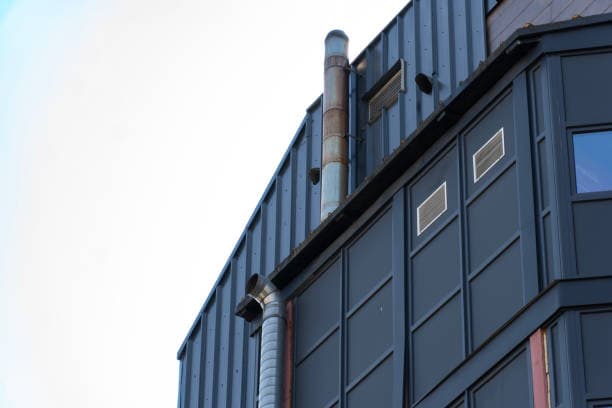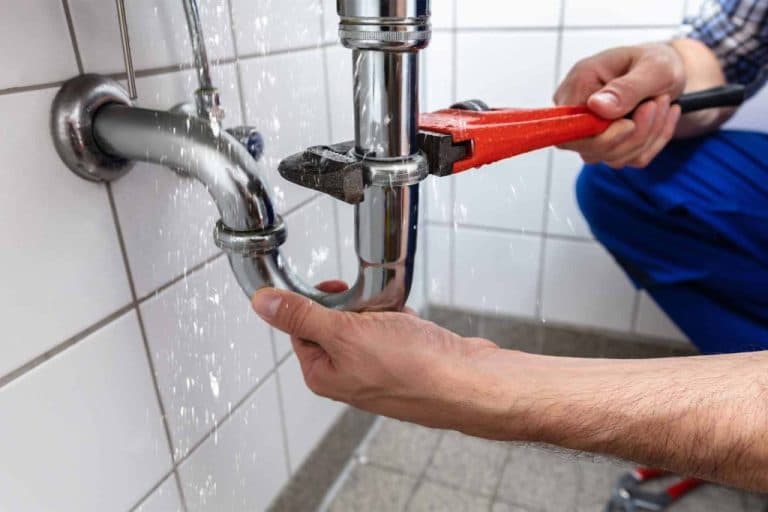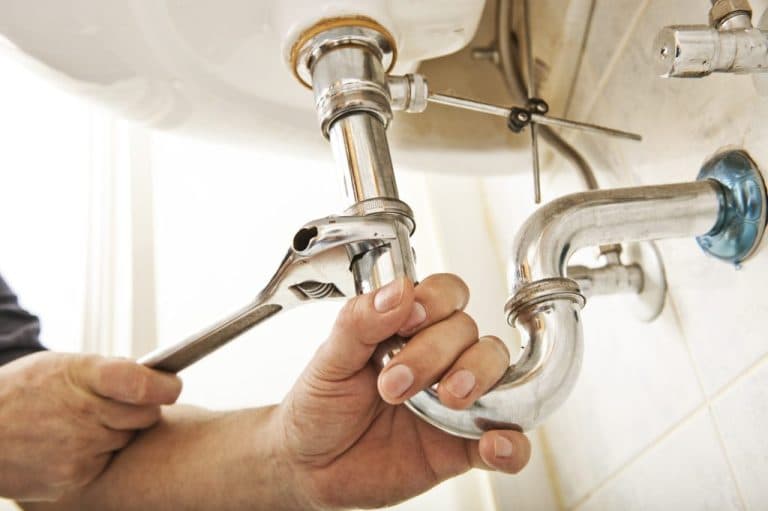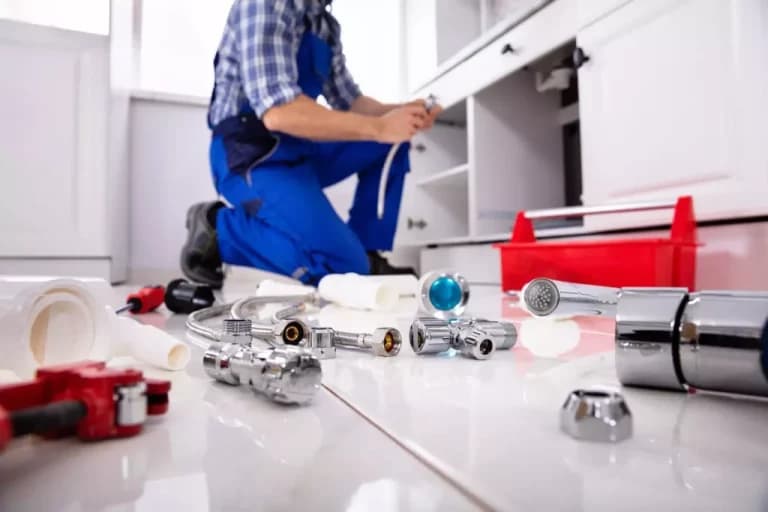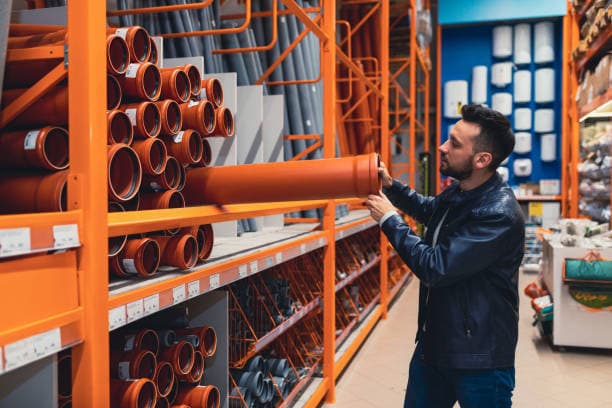The evolution of piping technology has led to significant advancements in efficiency, sustainability, and automation. With the rise of smart piping systems, industries and residential sectors are leveraging IoT, AI, and automation to optimize fluid transport, reduce wastage, and enhance safety. This article explores the future of smart piping, its benefits, and its wide range of applications across various industries.
What is Smart Piping?
Smart piping refers to integrated piping systems embedded with sensors, AI, and IoT-enabled devices to monitor and control fluid flow in real-time. These systems provide automated leak detection, predictive maintenance, and energy-efficient operation, reducing operational costs and improving reliability.
Key Features of Smart Piping Systems
- IoT-Enabled Monitoring: Real-time tracking of pressure, temperature, and flow rate.
- Leak Detection & Prevention: AI-driven algorithms detect leaks before they become major issues.
- Energy Efficiency: Optimized fluid flow reduces energy consumption.
- Automated Maintenance Alerts: Predictive analytics schedule timely maintenance.
- Remote Accessibility: Cloud-based control systems for remote monitoring and adjustments.
Benefits of Smart Piping Systems
1. Enhanced Efficiency
Smart piping optimizes fluid distribution by dynamically adjusting pressure and flow rates based on real-time data. This leads to improved efficiency in industrial and residential applications, reducing energy wastage.
2. Cost Savings
By utilizing predictive maintenance, smart piping minimizes repair costs and downtime. Detecting potential failures before they escalate prevents expensive replacements and operational disruptions.
3. Water & Resource Conservation
With built-in leak detection sensors, smart piping systems help conserve water by identifying leaks instantly and automatically shutting down affected sections to prevent wastage.
4. Improved Safety
Industries handling hazardous fluids benefit from real-time monitoring that detects abnormal pressure or temperature fluctuations, preventing accidents such as pipe bursts or toxic leaks.
5. Environmental Benefits
Smart piping promotes sustainable water and energy use, aligning with global initiatives to reduce carbon footprints. Efficient resource management ensures minimal environmental impact.
Applications of Smart Piping Systems
1. Industrial Manufacturing
Smart piping systems are revolutionizing manufacturing industries by ensuring precise fluid control in chemical, pharmaceutical, and food production processes. Automated monitoring prevents contamination and enhances product quality.
2. Smart Cities & Infrastructure
Urban infrastructure relies on smart piping for efficient water distribution, sewage management, and gas supply. IoT-based water systems reduce wastage and provide data-driven insights for better resource allocation.
3. Residential Plumbing
Homeowners benefit from leak-proof plumbing, automated temperature control, and energy-efficient water heaters through smart piping installations. These features enhance convenience and reduce utility bills.
4. HVAC & Cooling Systems
Heating, ventilation, and air conditioning (HVAC) systems use smart piping to optimize refrigerant flow, detect leaks, and maintain ideal thermal conditions, improving energy efficiency.
5. Oil & Gas Industry
The oil and gas sector employs smart piping for pipeline integrity monitoring, leak prevention, and safety enhancements. AI-driven analytics reduce risks associated with pipeline failures.
6. Agriculture & Irrigation
Smart irrigation systems leverage smart piping to automate water distribution based on soil moisture levels, improving agricultural efficiency while reducing water consumption.
Emerging Technologies in Smart Piping
1. AI & Machine Learning Integration
Artificial Intelligence (AI) enhances predictive maintenance, anomaly detection, and energy optimization by analyzing historical data to identify patterns and potential failures.
2. Blockchain for Data Security
Blockchain technology secures real-time pipeline data against tampering, ensuring accurate records for maintenance logs, compliance, and operational transparency.
3. Advanced Sensor Technology
Innovations in sensor technology provide greater precision in detecting leaks, corrosion, and pressure fluctuations, making systems more reliable and efficient.
4. Self-Healing Pipes
Research into self-healing materials aims to create pipes that automatically seal small cracks and leaks, reducing maintenance needs and increasing durability.
5. 3D Printing & Smart Materials
3D-printed pipes with embedded smart sensors are expected to revolutionize manufacturing, allowing for customized, high-efficiency pipeline solutions.
Challenges & Future Outlook
Challenges in Adoption
- High Initial Costs: Smart piping systems require significant investment in IoT infrastructure and installation.
- Cybersecurity Risks: Connected systems are vulnerable to hacking and data breaches.
- Integration with Legacy Systems: Retrofitting older piping networks can be complex and costly.
The Future of Smart Piping
Despite these challenges, the future of smart piping is promising, with continuous advancements in AI, IoT, and material science. As technology becomes more affordable and accessible, widespread adoption across industries and residential sectors is inevitable.
Conclusion
Smart piping represents the next evolution in fluid transport, offering cost savings, efficiency, sustainability, and safety. From industrial applications to residential plumbing, the benefits of smart piping systems are undeniable. As AI, IoT, and self-healing materials continue to advance, the future of piping will become even more automated, efficient, and environmentally friendly.
